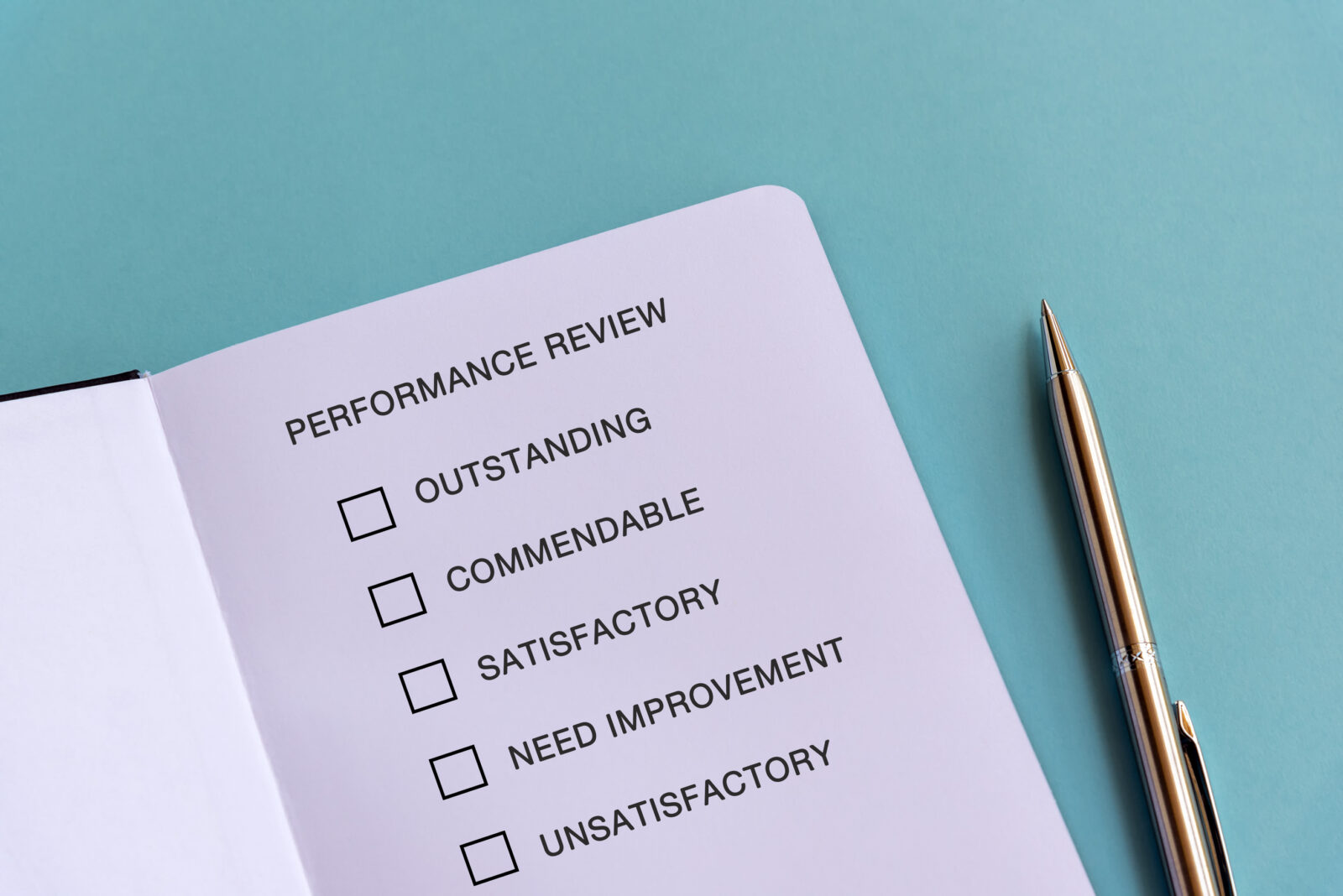Providing powerful performance feedback is something every leader should do well. The formal performance review system at large organizations can be an unpopular sore spot for both employees and managers. Deloitte, a global consulting firm, moved away from the traditional performance review when the company found they were spending two million hours each year on performance reviews. (Yes, you read that right – two million hours.) And the time wasn’t being used well. Their new system focuses on accurate snapshots of employee performance to help them improve in the moment.
Many leaders I work with provide ongoing, in-the-moment, meaningful feedback, though sometimes the company protocol is an annual review.
Here’s how I encourage my coaching clients to create a stellar performance review.
- First, do your homework and come prepared. Consider what information you want to communicate to this person. What documents should you complete or gather for the meeting? What is new since the last time you had this last performance conversation? What team and company goals should be addressed with this individual’s performance and development goals for the coming year?
- Second, even if your company system isn’t set up for 360 reviews, gather information and feedback by asking questions of the individual’s peers, other managers and direct reports, as well as the employee him/herself for a more holistic view.
- And most importantly, be respectful during this review meeting. Listen to your employee instead of being the only one talking; pay attention, use positive language when you talk about strategy, projects, and other people (it is never appropriate to vent with direct reports) and once you set a meeting date, stick to it and don’t postpone.
Though the meeting should be full of positive feedback and areas to improve upon, don’t feel forced to “do the feedback sandwich.” People want you to be honest and transparent. And above all, have a regular, quick feedback loop and don’t wait until the end of the year to focus on performance. It’s easier, less time consuming and more effective to talk about performance almost every day.
Here’s a Performance Appraisal Checklist:
- Gather the needed information and documentation
- Get feedback from others to create a 360 degree perspective
- Listen to what the employee has to say
- Provide positive feedback during the meeting
- Give areas to approve upon and ask the employee how that could be accomplished
- Document your meeting and any dates or follow up actions needed
